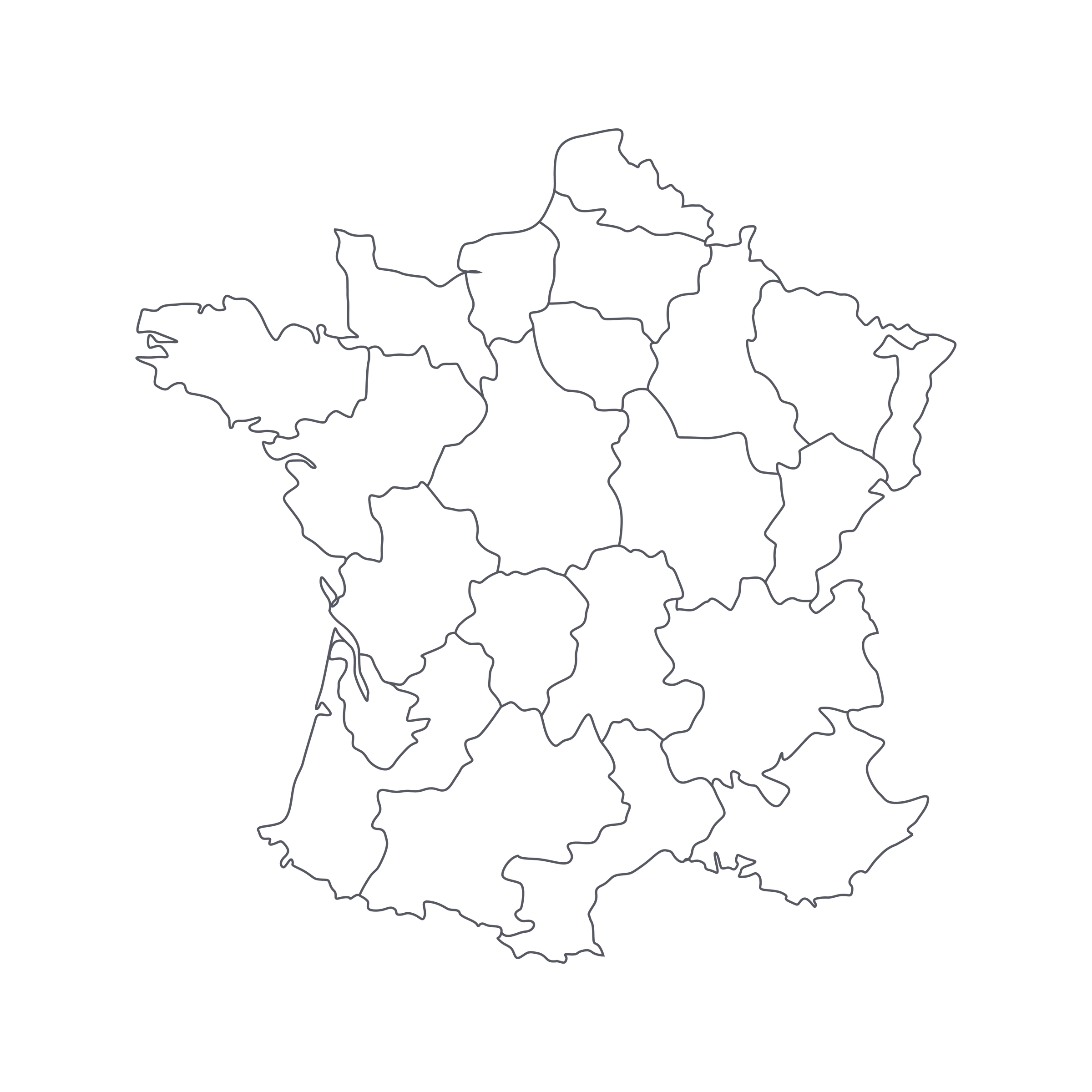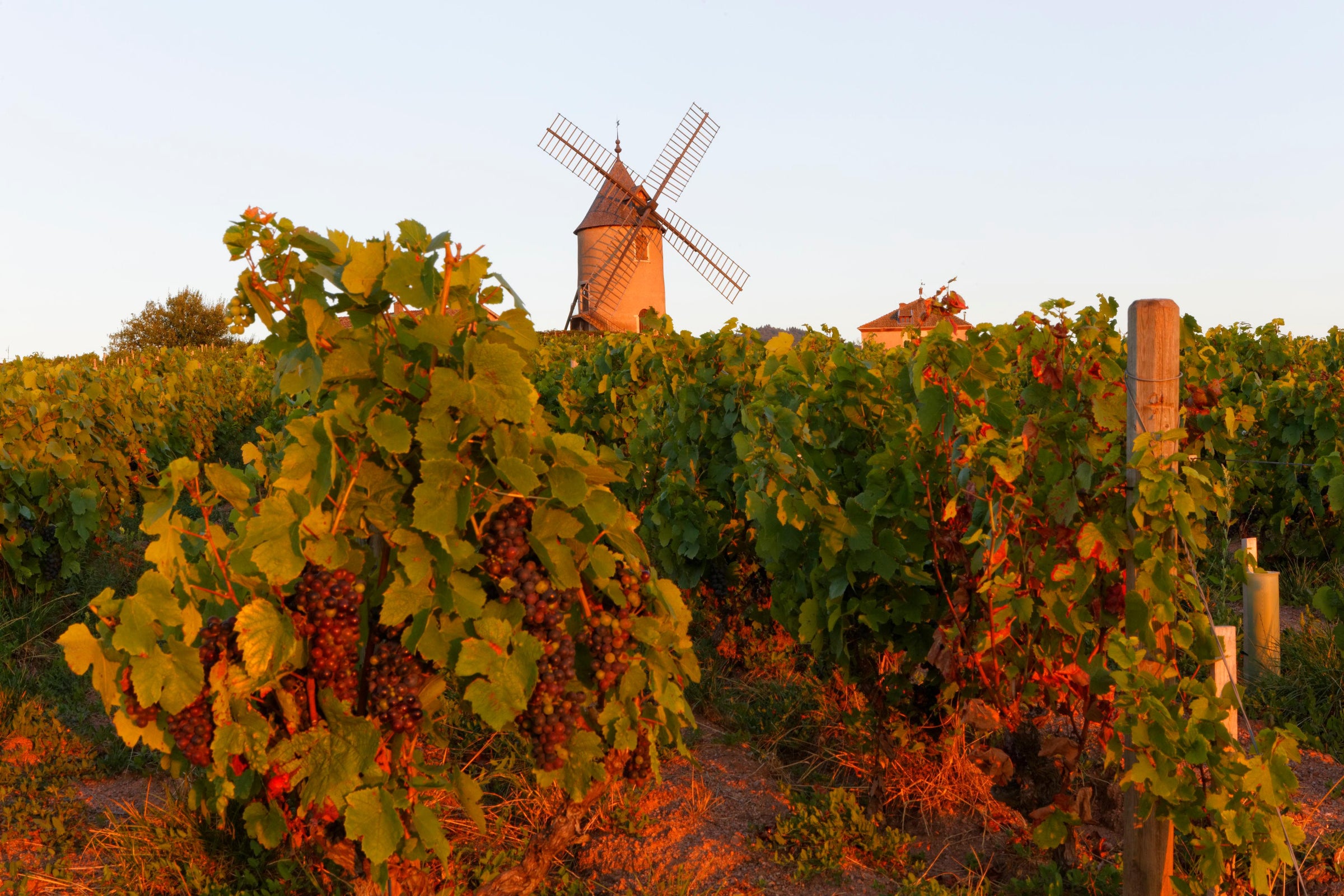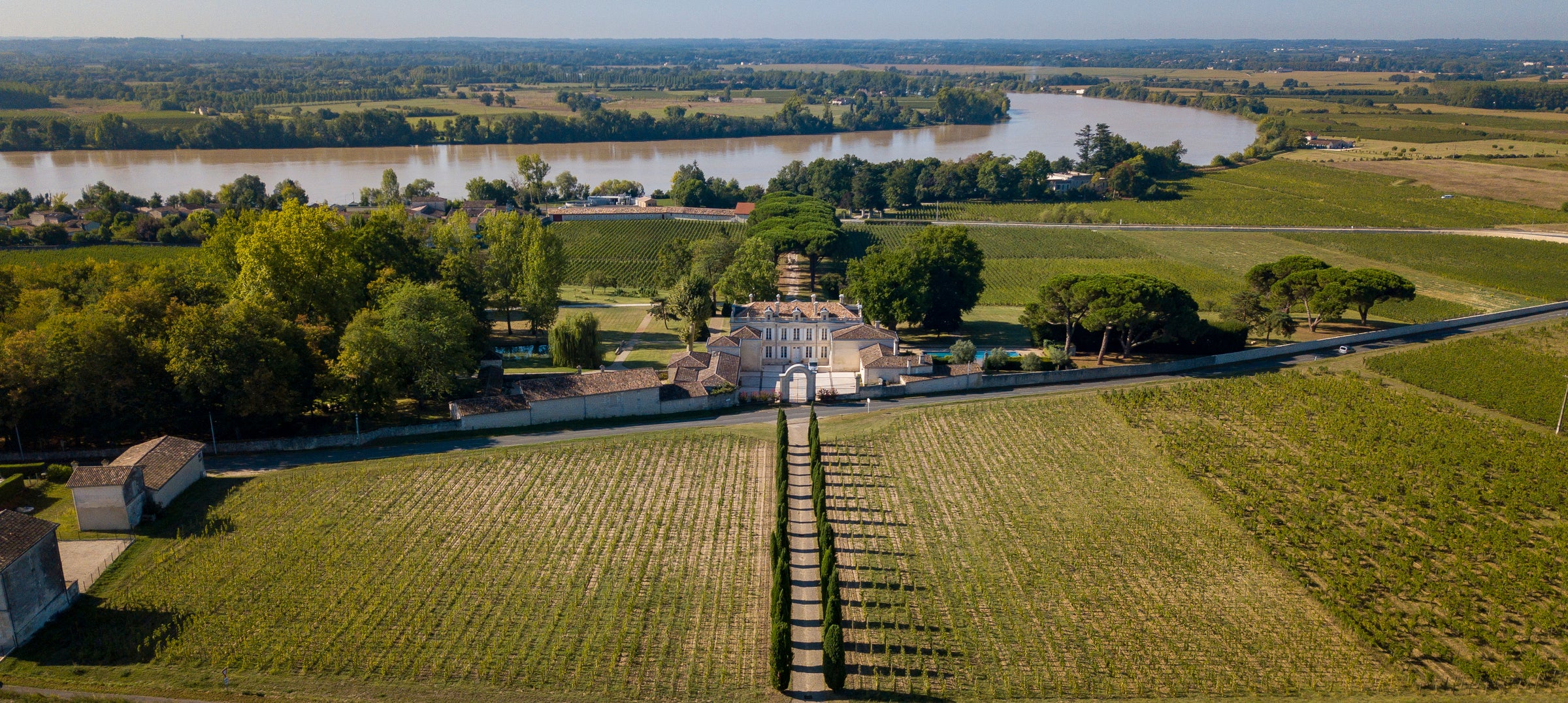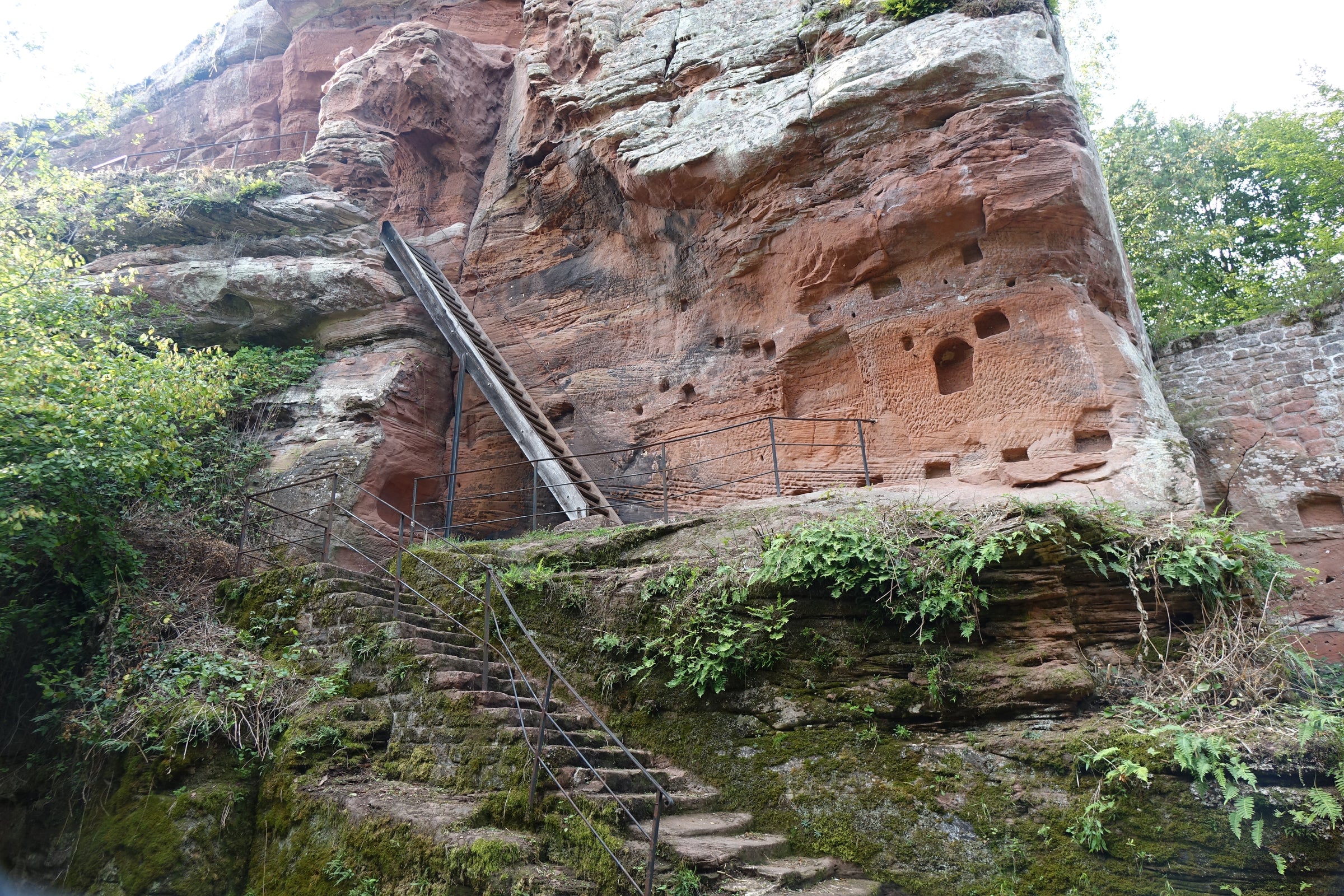Looking back over several years of SommSelect offers, I don’t think we’ve yet offered any wines from Vilmart, which shocked me: As established subscribers know, we are passionate about ‘grower-producer’ Champagnes, and Vilmart is undoubtedly in the top rank of this category (or any category, really).
Founded in 1890 and still managed by the same family, Vilmart is one of those heritage brands that just oozes authenticity, with an impeccable lineup of sparklers characterized by brooding depth and what the Champenois call ‘vinosity.’ “Grand Cellier” is one of Vilmart’s top-tier cuvées, one of the wines that inspires some to refer to Vilmart as “Baby Krug” for its opulence and (relative) affordability. But make no mistake: This is grown-up Champagne. To me, the price is a small one to pay for this level of precision craftsmanship.
The Vilmart estate is based in Rilly-la-Montagne, a Premier Cru-classified village in the Montagne de Reims sub-zone of Champagne. As many of you know, the Montagne de Reims is dominated by Pinot Noir plantings, but Vilmart’s 11 hectares of vineyards actually contain more Chardonnay (about 60%) than ‘black’ grapes. Since 1989, the property has been in the hands of the dynamic Laurent Champs, a fifth-generation proprietor and careful steward of his land—although not ‘certified’ organic, Champs is a member of an organization called Ampelos, which promotes organic viticulture (since he took over, Vilmart has never employed any chemical fertilizers or herbicides in their vineyards).
One of the big identifying characteristics of Vilmart Champagnes, up and down the lineup, is that they incorporate ‘base’ wines that are fermented in oak barrels. This lends the finished Champagnes an added dimension, a certain muscularity that invites that aforementioned comparisons to Krug. Vilmart is among the many artisanal grower Champagnes imported by the inimitable Terry Theise, whose annual, book-length Champagne “catalogs” provide some of the most irreverent, entertaining reading in wine. “I’ve found Vilmart among the most food-friendly of all my Champagnes,” Theise writes, “because they’re so gracious, so vinous, so lordly in their carriage.”
I couldn’t say it any better (nobody could). As for the technical specs on this edition of “Grand Cellier,” it is a non-vintage cuvée based on 2014 (50%) and supported by reserve wines from the previous two vintages (25% each). It is 70% Chardonnay and 30% Pinot Noir from two specific vineyards in Rilly-la-Montagne Premier Cru, with base wines fermented in oak barrels of varying sizes and ages. These base wines were then aged in large, used oak foudre before the secondary fermentation in bottle, after which the wine spent 24 months aging on its lees before disgorgement in June of 2016.
[Another ultra-geeky detail to note: Historically, Vilmart’s bottles were labeled with the tiny “RM” moniker, indicating a récoltant-manipulant, or ‘grower-producer.’ Many consumers have begun to look for “RM” on labels as an indicator of small-scale authenticity, but there are a few producers, Vilmart included, who’ve had to switch from “RM” to “NM” (négociant-manipulant) due to strict regulations in Champagne. In Laurent Champs’ case, his decision to rent a 1-hectare vineyard from his cousin necessitated the change: Legally, you may not carry the récoltant-manipulant designation if you purchase/rent more than 5% of your production, and in Vilmart’s case, the addition of this rented vineyard (which Laurent farms himself), represents about 10%. It’s an incredibly subtle distinction (moving from 11 hectares to 12), but the alternative would be purchasing the land, which is some of the most expensive vineyard land in the world. Although the fruit from the rented site is not used in “Grand Cellier,” it is nevertheless an ‘estate’ vineyard in virtually every way, even if the “NM” designation on the bottles would suggest a much-larger operation using lots of purchased fruit.]
In the glass, the “Grand Cellier” is a brilliant straw-gold in the glass, with an assertive nose of yellow apple, pear, nectarine, baking spices, fresh ginger, and a hint of dried herbs. The texture is opulent but focused and mineral, with a satisfying, lip-smacking savor of crushed stone minerality and a hint of wood smoke. It should be immediately evident that this wine will age for 10-20 years with ease, its multi-layered flavored propped up on a solid foundation of minerality and acid. If you’re drinking it now, let it out of the constraints of the ice bucket to allow its aromas to blossom (45 degrees is a good temperature to aim for), and use larger white (or red) wine glasses to showcase its ‘vinousness.’ This would be a serious companion to aged cheeses and a pretty amazing main-course wine with sushi or sashimi (check out the attached recipe for a DIY salmon sashimi preparation that should be mind-blowing with this wine). If you haven’t fit Vilmart into your Champagne rotation yet, you must, and don’t be surprised if it becomes a regular. Cheers!






